English Pale Ale is a classic beer style that embodies the essence of British brewing tradition. Known for its balanced flavor profile, this ale offers a harmonious blend of malty sweetness and earthy, floral hop character. With roots dating back to the 18th century, English Pale Ale has stood the test of time, evolving from a stronger, hoppier beer to the more sessionable version we enjoy today. What makes this style unique is its subtle complexity and drinkability, showcasing the artistry of English hop varieties and the skill of British brewers in creating a perfectly balanced pint.
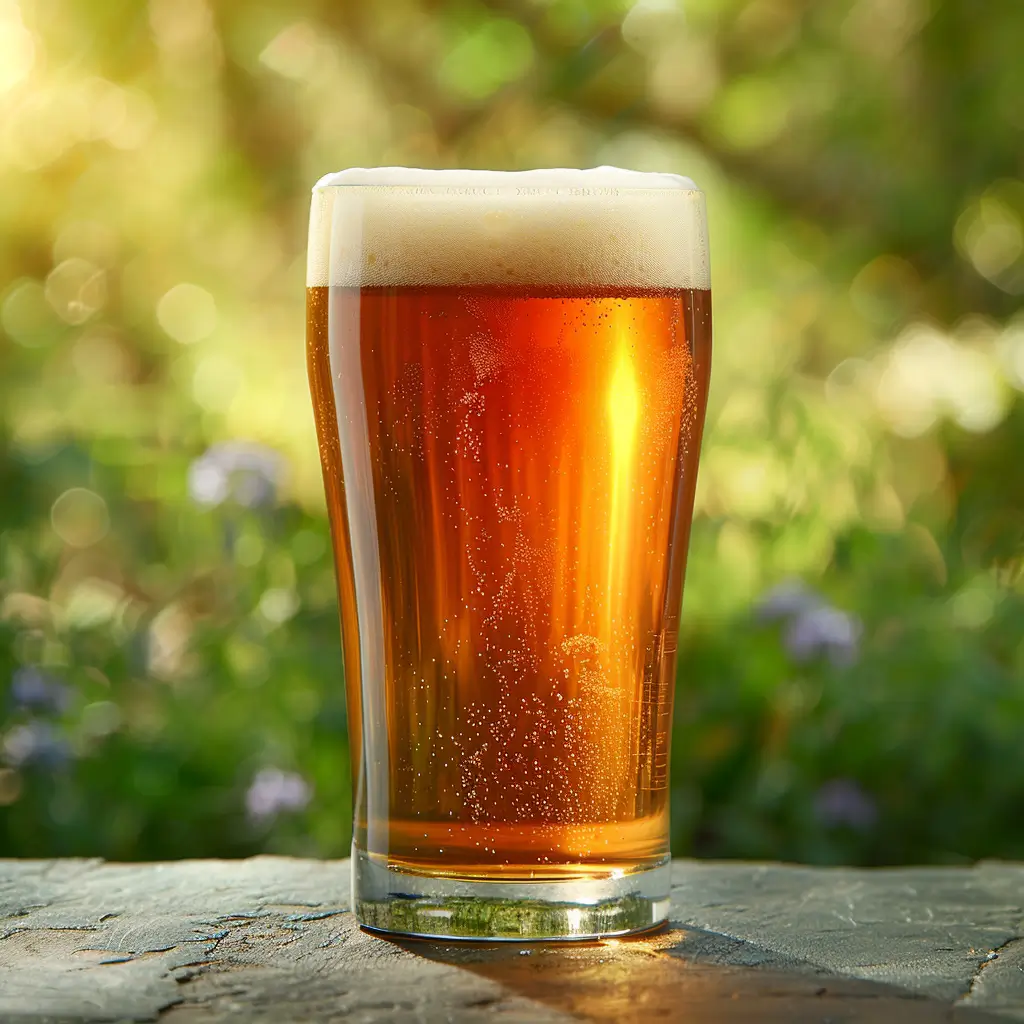
English Pale Ale is most celebrated for its impeccable balance between malt sweetness and hop bitterness. In appearance, it presents a clear golden to rich copper hue, topped with a creamy, off-white head that often leaves delicate lacing on the glass. As renowned beer writer Michael Jackson once noted, "A well-crafted English Pale Ale is like liquid history in a glass, telling the story of British brewing tradition with every sip."
The aroma and flavor profile of an English Pale Ale is a harmonious dance between malt and hops. On the nose, you'll detect a gentle waft of biscuity malt, often accompanied by subtle caramel notes. This is complemented by the distinctive earthy, floral, and sometimes slightly spicy aromas of traditional English hop varieties. The flavor mirrors the aroma, with a malty backbone providing flavors reminiscent of freshly baked bread or toasted biscuits. The hop character is present but restrained, offering a balanced bitterness that cleanses the palate without overwhelming it. Fruity esters from the yeast may contribute subtle notes of apple, pear, or stone fruit, adding complexity to the overall profile.
In terms of mouthfeel, English Pale Ale typically boasts a medium body with moderate carbonation, creating a smooth and satisfying texture on the palate. The carbonation level is often lower than its American counterparts, contributing to its easy-drinking nature. With an ABV range of 4.0-5.5%, this style strikes a perfect balance between flavor and sessionability, making it an ideal choice for extended pub visits or relaxed evening enjoyment.
On the Standard Research Method (SRM) scale, English Pale Ales typically fall between 5 and 12, encompassing a range from pale gold to deep amber. This variation in color adds to the visual appeal of the style, with each pour promising a unique experience. Whether it's a pale golden pint gleaming in the afternoon sun or a rich amber ale glowing warmly under pub lights, the English Pale Ale is a sight that never fails to stir the senses and invite the first satisfying sip.
The English Pale Ale's journey through time reflects the evolution of British brewing techniques and tastes. Originally developed as a lighter alternative to dark porters and stouts, this style has become a cornerstone of pub culture in the United Kingdom.
Its influence extends far beyond British shores, inspiring brewers worldwide and serving as the foundation for many modern craft beer styles.



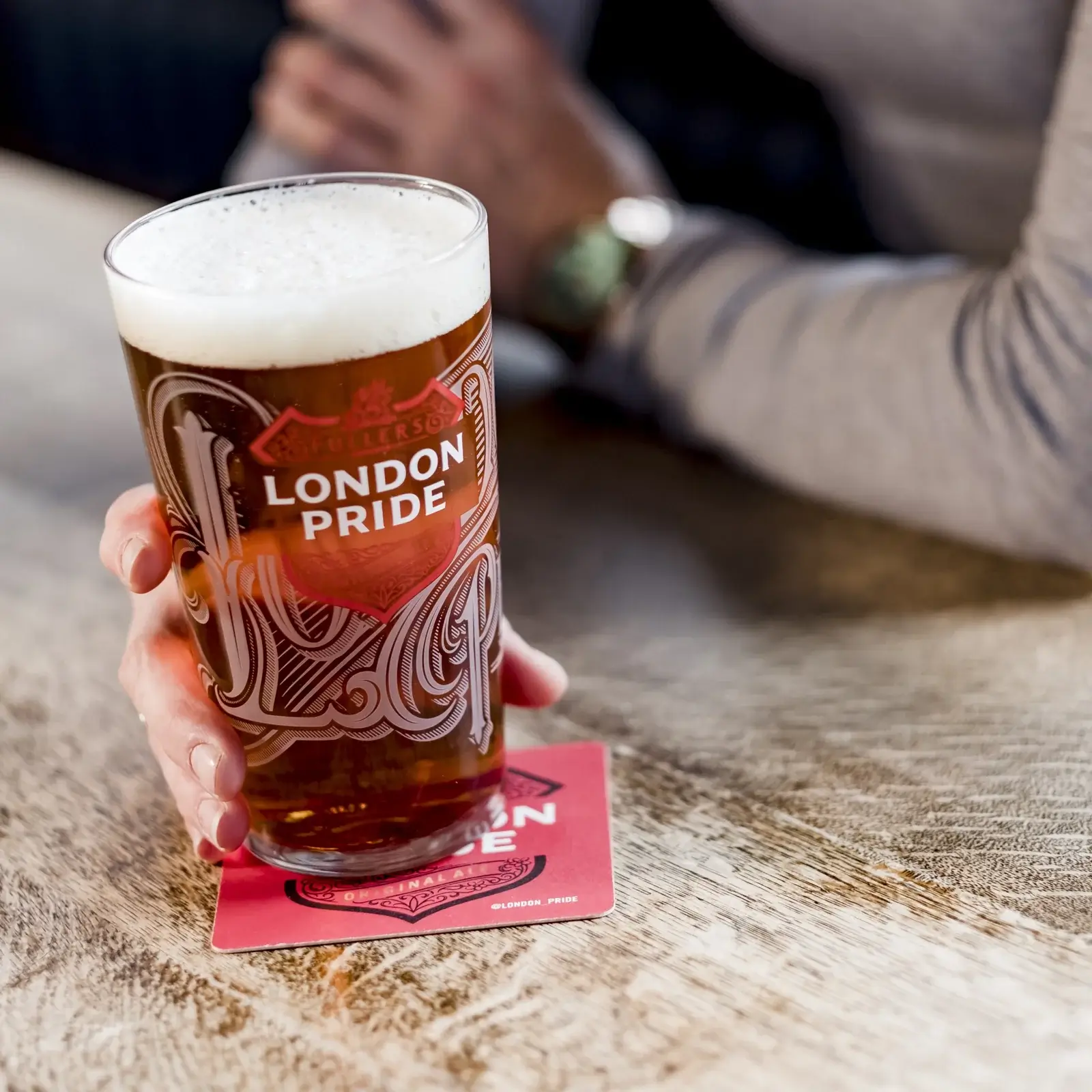




Brewing English Pale Ale is an art that balances tradition with precision. The key challenge lies in achieving the perfect harmony between malt sweetness and hop bitterness, while allowing the subtle complexities of English ingredients to shine through.
Water chemistry plays a crucial role, as the soft to moderately hard water typical of many English brewing regions contributes to the style's rounded flavor profile.
The use of traditional floor-malted barley and English hop varieties is essential in capturing the authentic character of this classic style.
Brewing English Pale Ale involves several key steps:


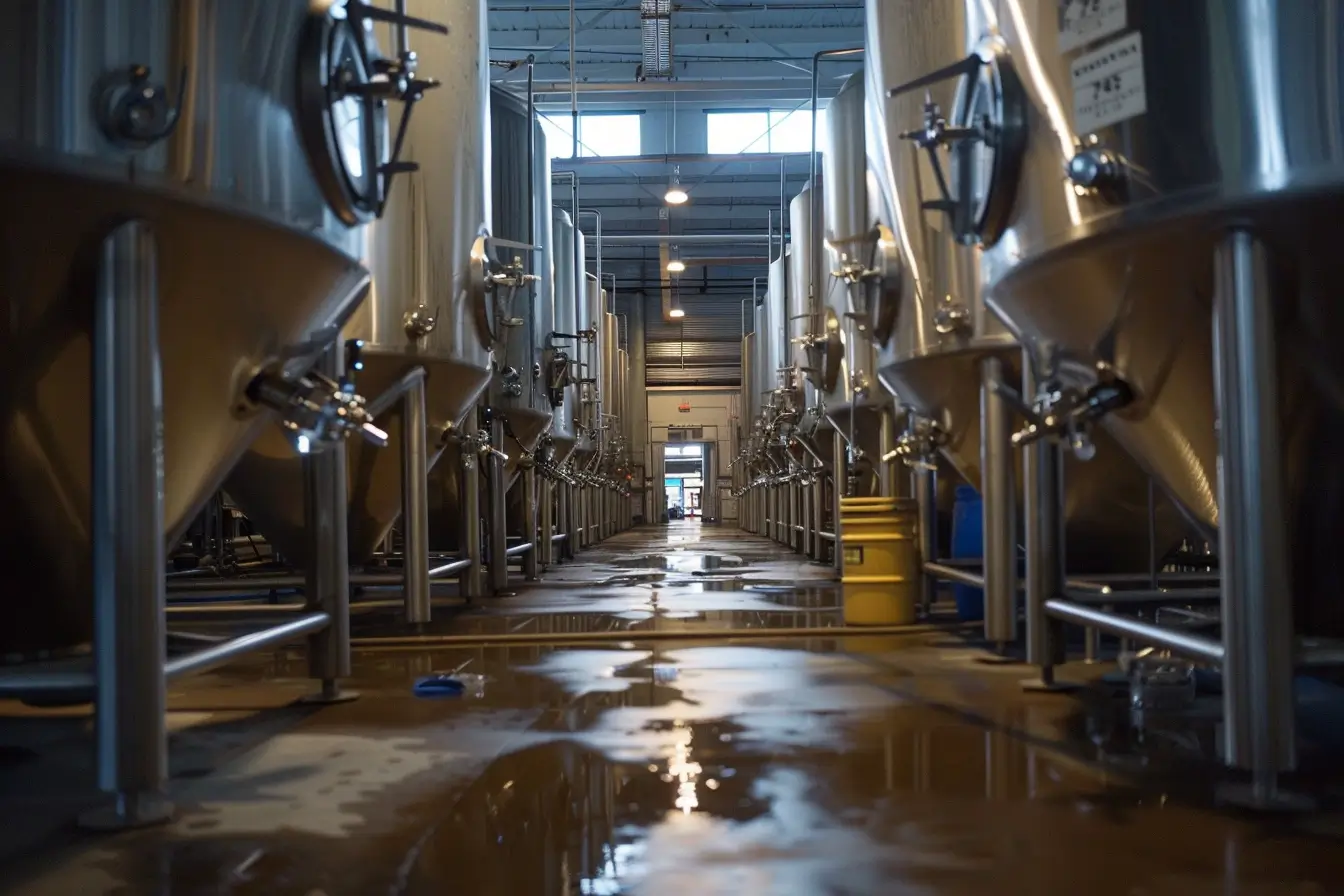
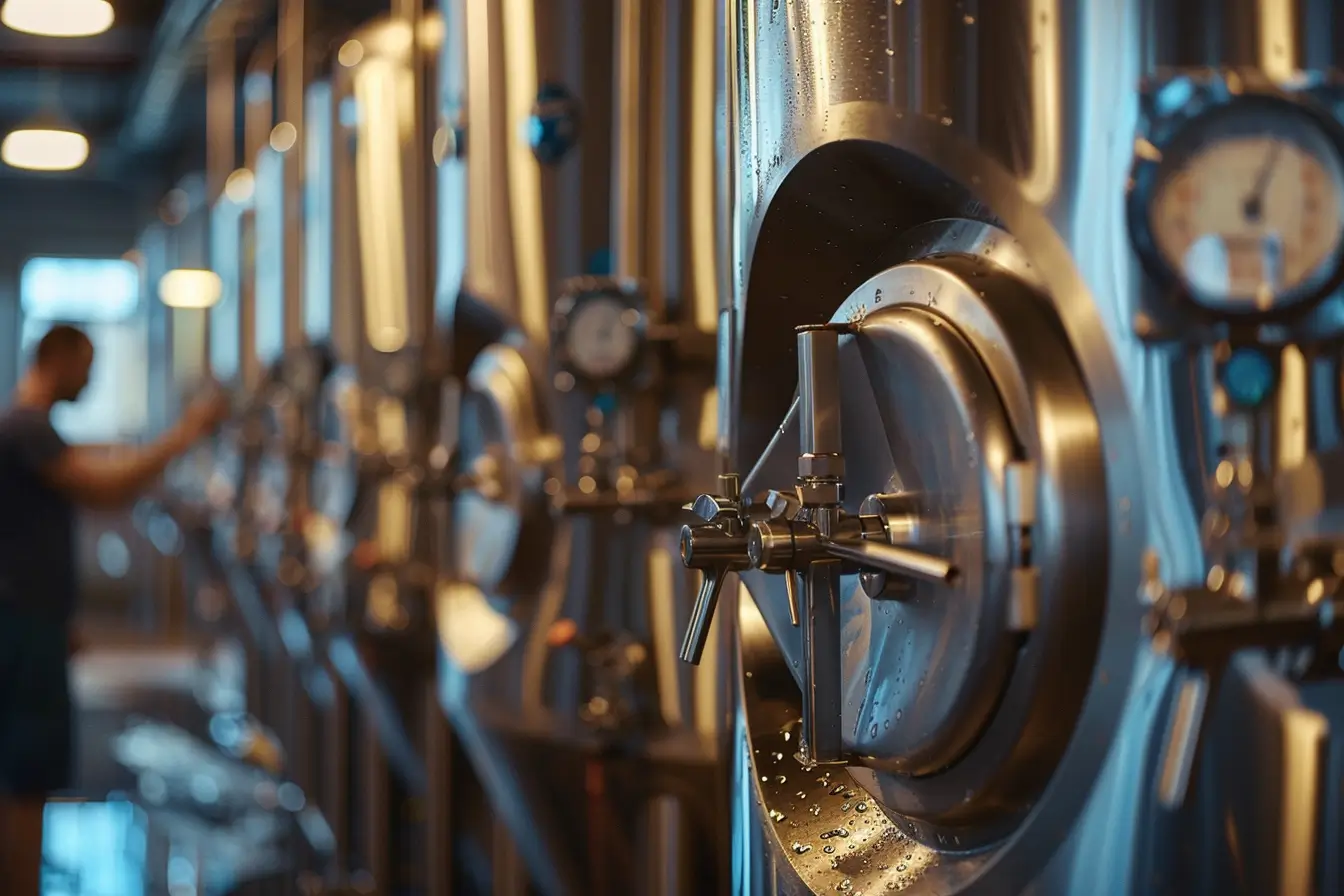
The English Pale Ale has its roots in the early 18th century, emerging as a response to the dark, heavy porters that dominated the British beer scene. The style's development was closely tied to advances in malting technology, particularly the invention of pale malt. This new, lighter malt allowed brewers to create beers with a golden hue and cleaner flavor profile, setting the stage for what would become the English Pale Ale.
The style gained significant popularity in the 19th century, particularly in Burton-upon-Trent, where the local water's high mineral content proved ideal for brewing pale ales. Burton's success with this style led to its widespread adoption across England, with many regional variations emerging. As transportation improved, English Pale Ale became one of the first beer styles to be exported globally, influencing brewing practices around the world.
The English Pale Ale has had a profound influence on global brewing, serving as the inspiration for numerous styles, including the American Pale Ale and India Pale Ale. Its emphasis on balance and drinkability continues to inform brewing practices and consumer preferences in the craft beer world.

The term "pale ale" appears in brewing records, marking the beginning of the style's formal recognition.
Burton-upon-Trent emerges as a center for pale ale production, with its mineral-rich water contributing to the style's distinctive character.
Bass Brewery registers its red triangle logo, one of the world's first trademarks, cementing the popularity of Burton Pale Ale.
Improvements in bottling technology allow for wider distribution, increasing the style's popularity across Britain and beyond.
The Campaign for Real Ale is established, helping to preserve traditional brewing methods and styles, including cask-conditioned English Pale Ales.
Get quick answers to our most frequently asked questions about New England IPA (NEIPA)
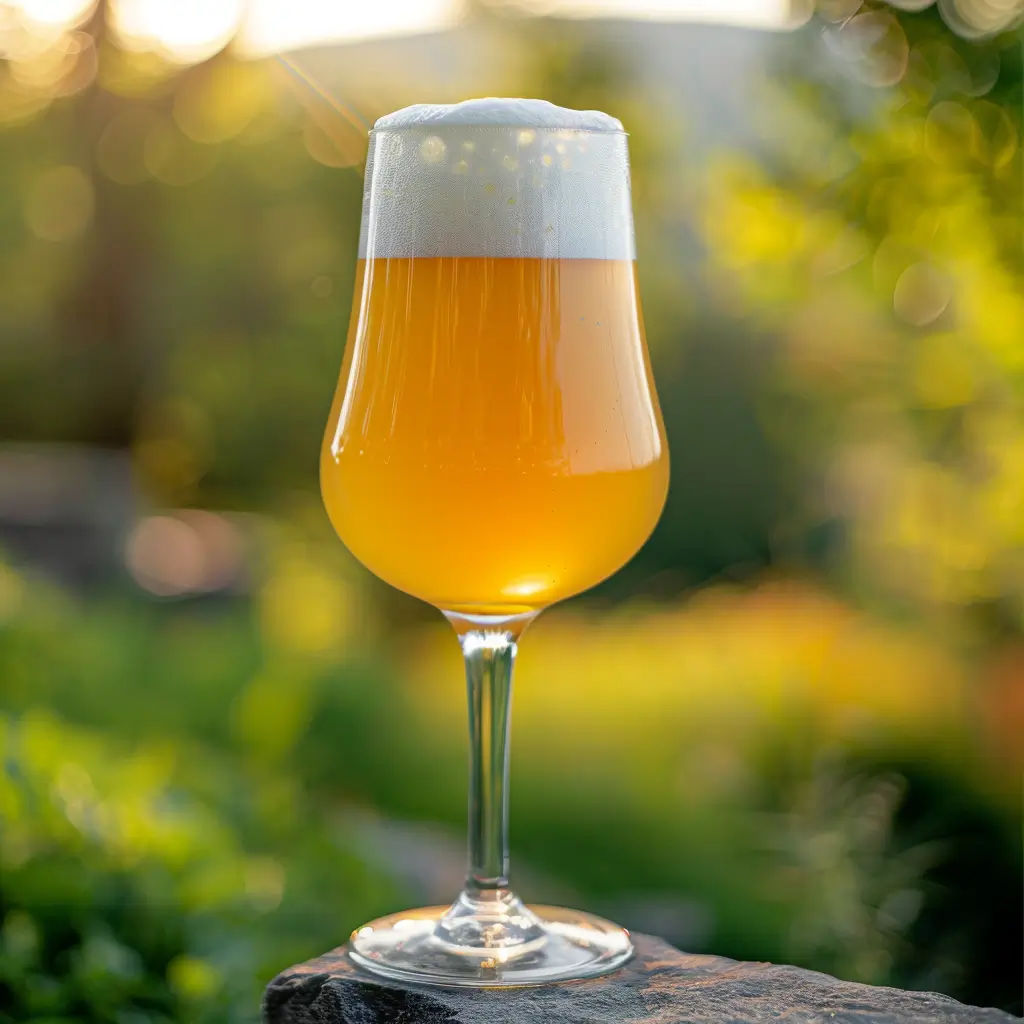
Want to read about other beer styles? We've got you covered!
English Pale Ale typically has a more pronounced malt character, lower hop bitterness, and uses traditional English hop varieties for a more subtle, earthy hop profile compared to the citrusy, piney character of American Pale Ales.
English Pale Ale is best served at cellar temperature, around 50-55°F (10-13°C), which allows the full range of flavors to be appreciated.
While cask-conditioned versions are traditional and common in the UK, English Pale Ales can also be found in bottled and kegged formats, especially outside of Britain.
English Pale Ales are generally best consumed fresh, within 3-6 months of bottling, to enjoy their hop character. However, some stronger versions may benefit from a few months of aging.
The flavor comes from a combination of English pale and crystal malts, traditional English hop varieties, mineral-rich water, and the esters produced by English ale yeast strains during fermentation.
Traditional English Pale Ale contains gluten from barley malt. However, some breweries produce gluten-reduced versions using enzymes to break down gluten proteins.
English Pale Ales typically range from 4.0-5.5% ABV, making them moderate in strength and suitable for session drinking.
Yes, its balanced flavor makes it excellent for cooking, particularly in beer batters, meat marinades, and traditional British dishes like Welsh Rarebit.
The terms are often used interchangeably, but generally, Bitters tend to be lower in alcohol and served on cask, while Pale Ales may be slightly stronger and more commonly found in bottled format.
While staying true to its roots, some craft brewers have experimented with the style, incorporating new hop varieties or tweaking recipes to appeal to modern palates, leading to a resurgence of interest in this classic style.

Want to read about other beer styles? We've got you covered!